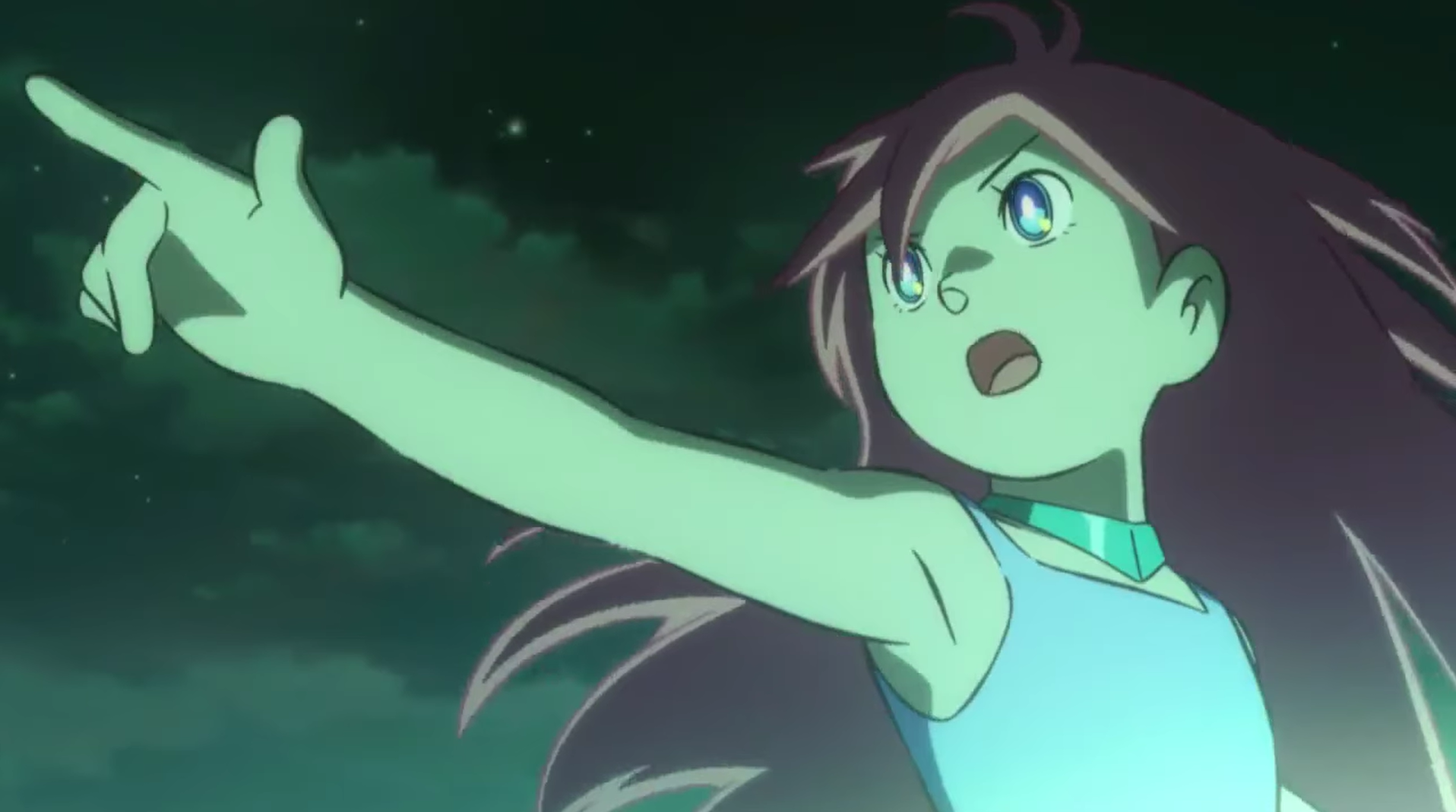Doraemon: Nobita and the Steel Troops – The New Age (2011) – Movie
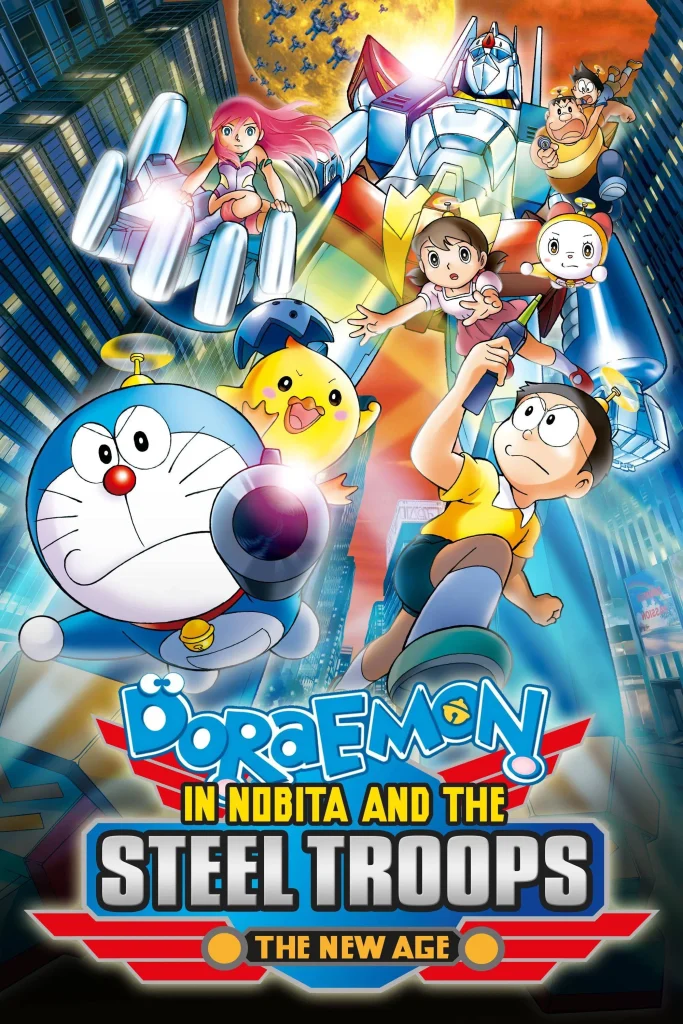
Doraemon Steel Troops Movie: Glance
| Category | Details |
|---|---|
| Japanese Title | 映画ドラえもん 新・のび太と鉄人兵団 〜はばたけ 天使たち〜 (Eiga Doraemon: Shin Nobita to Tetsujin Heidan ~Habatake Tenshi-tachi~) |
| International Title | Doraemon: Nobita and the Steel Troops: The New Age / Doraemon: Nobita and the New Steel Troops – Winged Angels |
| Common Short Title | Doraemon Steel Troops (2011) / Doraemon Movie 31 |
| Release Date (Japan) | March 5, 2011 |
| Director | Yukiyo Teramoto |
| Writer | Higashi Shimizu (Screenplay based on original manga by Fujiko F. Fujio) |
| Music | Kan Sawada |
| Runtime | Approximately 108 minutes |
| Production | Shin-Ei Animation, TV Asahi, ShoPro, ADK Emotions |
| Distributor (Japan) | Toho Co., Ltd. |
| Theme | War & Peace, Robot Sentience, Empathy vs. Obedience, Sacrifice, Friendship, Redemption |
| Tags | Mecha, Sci-Fi Adventure, Kids & Family, Anime, Doraemon Movie, Robot War, Remake |
| Based On | Original manga chapter “The Steel Troops” by Fujiko F. Fujio (1970s), and the 1986 film Doraemon: Nobita and the Steel Troops |
doraemon and the steel troops Movie Images
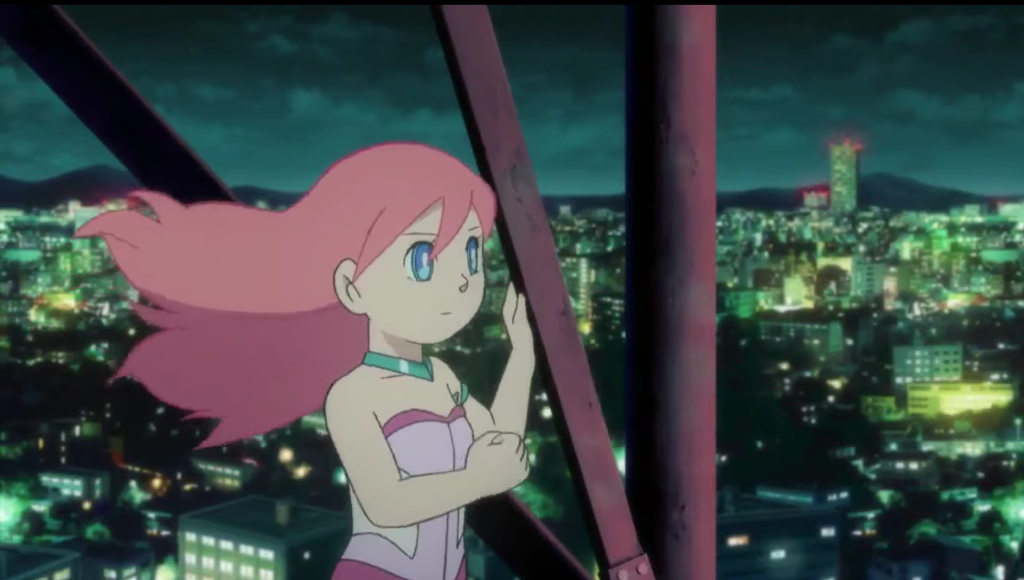
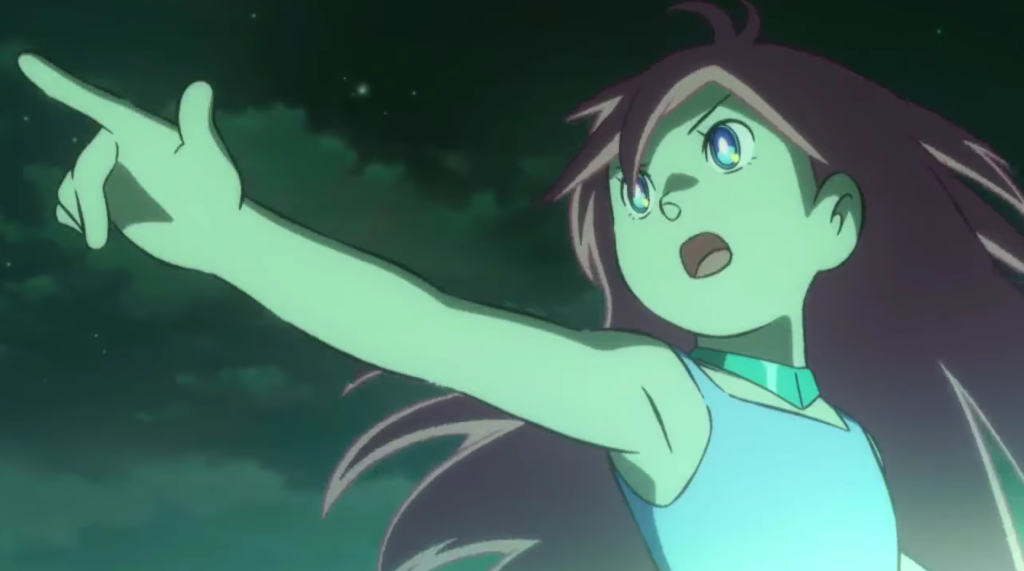
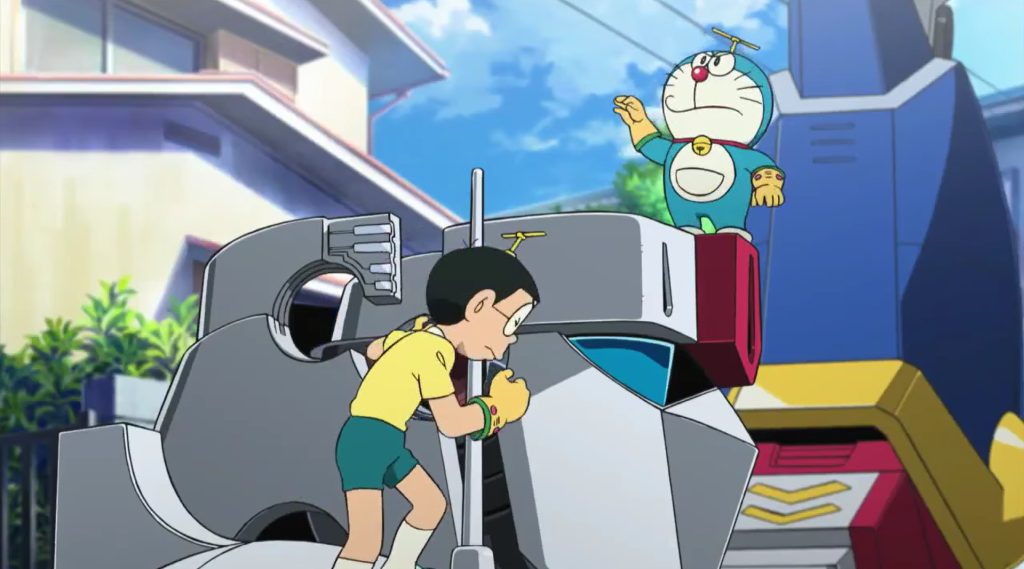
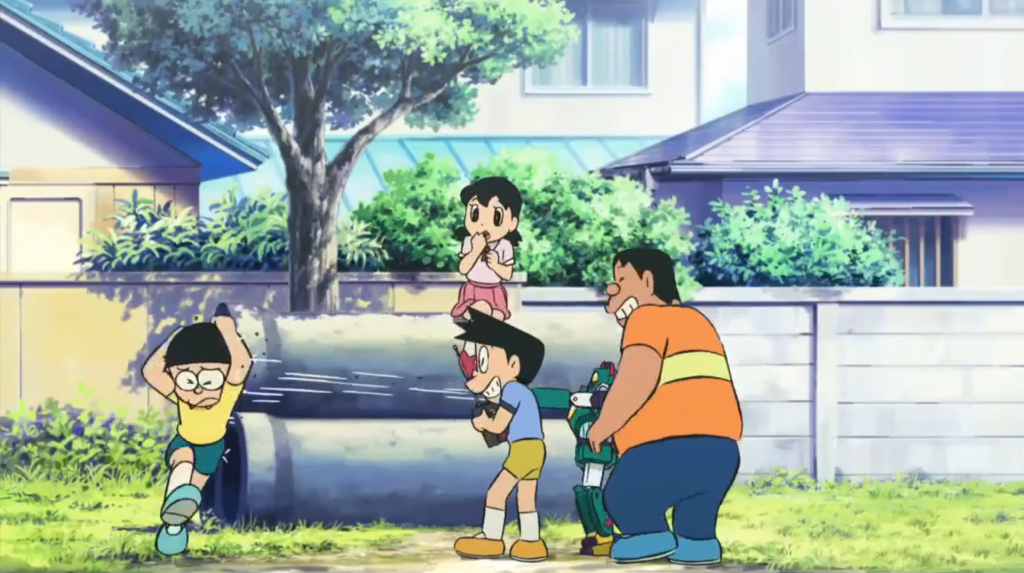
Major International Release Notes
- General: Released widely across Asia in 2011-2012. Often titled simply Doraemon: Nobita and the Steel Troops internationally, causing some confusion with the 1986 original. The subtitle “The New Age” or “Winged Angels” helps distinguish it.
- India: Released theatrically as Doraemon: Nobita And The Steel Troops around 2012-2013 (Hindi & English Dubbed).
- Streaming: Available internationally on platforms like Netflix (various regions) and Crunchyroll (often listed as Doraemon: Nobita and the New Steel Troops – Winged Angels or similar). Search for Doraemon Nobita and the Steel Troops or Doraemon 2011 movie.
The Full Plot: A Remake with Enhanced Stakes
This doraemon 2011 movie is a ground-up remake of the beloved 1986 classic Doraemon Nobita and the Steel Troops, featuring significantly updated animation, expanded plot points, and deeper character exploration, while retaining the core powerful story.
Nobita finds a mysterious, large, spherical metal object buried in a hillside. Doraemon identifies it as a robot component of incredible sophistication. Using the “Copying Robot” gadget, Nobita creates a female robot named Poko (ミク / Miruku in Japanese, often localized as Miiko or Pippo) from the component. Poko quickly becomes a beloved member of the group, showing remarkable curiosity, learning ability, and a gentle personality, forming a particularly close bond with Shizuka.
However, their peaceful days are shattered when a massive, imposing robot soldier attacks the city searching for the lost component. Doraemon and Nobita barely escape with Poko. Doraemon deduces that Poko is a critical piece of a powerful weapon system belonging to the Steel Troops (Tetsujin Heidan / 鉄人兵団), a formidable army of robots from the underground world of Mechanica (メカニカ), located beneath the icy planet Bayan (バイアン星). The Steel Troops are preparing a full-scale invasion of Earth to claim it as their new home.
The group, joined by Gian and Suneo, uses Doraemon’s gadgets to travel to Mechanica. They discover a highly advanced, militaristic society entirely populated by robots, devoid of organic life. The Steel Troops are led by the cold, logical, and utterly ruthless Commander (司令), who views humans as weak, illogical, and inferior pests to be eradicated. His ultimate weapon is the colossal Zanda Cross (ザンダクロス), a planet-destroying battleship requiring Poko’s core component to activate.
The friends’ mission becomes twofold: 1) Stop the Steel Troops invasion, and 2) Protect Poko, who is developing beyond her original programming, showing empathy, questioning orders, and valuing her friendships – traits considered dangerous “malfunctions” by the Commander. They learn that Mechanica’s robots were originally created by an extinct organic species. The Steel Troops’ rigid logic and programmed drive for survival have erased all memory of their creators and any concept of peace or coexistence.
The climax is a desperate battle. The heroes, using Doraemon’s gadgets and ingenuity, face off against the overwhelming might of the Steel Troops and the awakening Zanda Cross doraemon steel troops robot. Poko’s internal conflict between her programming and her awakened heart becomes central. Her connection to the Zanda Cross becomes both a threat and a potential key to stopping it. The film explores profound questions: Can machines develop true hearts? Is redemption possible for beings programmed for war? The resolution hinges on immense sacrifice, the power of empathy challenging blind obedience, and the enduring strength of friendship, leading to the iconic “Winged Angels” imagery.
The Cast & Characters: Voices of Metal and Heart
- Nobita Nobi:
- Japanese Voice: Megumi Ōhara
- Character: His discovery of Poko’s component sets events in motion. His compassion and determination to protect Poko drive him, showcasing unexpected bravery.
- Doraemon:
- Japanese Voice: Wasabi Mizuta
- Character: Provides crucial gadgets (Copying Robot, Anywhere Door, Time Machine, defensive tools) and strategic guidance. Understands the grave threat and Poko’s uniqueness.
- Shizuka Minamoto:
- Japanese Voice: Yumi Kakazu
- Character: Forms the deepest emotional bond with Poko. Her kindness and nurturing nature are central to Poko’s development of emotions. Plays a vital role in the climax.
- Takeshi “Gian” Goda:
- Japanese Voice: Subaru Kimura
- Character: Initially motivated by the thrill of robot battles, his strength and loyalty become crucial assets in the fight against the Steel Troops.
- Suneo Honekawa:
- Japanese Voice: Tomokazu Seki
- Character: His technical curiosity and sometimes cowardly nature provide moments of levity and insight. Uses his intellect to help understand Mechanica.
- Poko (ミク / Miruku / Miiko / Pippo):
- Japanese Voice: Mao Ichimichi (Notable for Luka Millfy in “Kaizoku Sentai Gokaiger”)
- Character: The heart of the film. A robot who transcends her programming, developing genuine emotions, empathy, and loyalty. Her struggle defines the movie’s core conflict.
- The Commander (司令):
- Japanese Voice: Hideyuki Tanaka (Renowned for Dozle Zabi in “Mobile Suit Gundam”, Mr. 1 in “One Piece”)
- Character: The primary antagonist. Leader of the Steel Troops. Ruthless, logical, and utterly devoted to his mission of conquest and survival, viewing emotions as weaknesses. Embodies the dangers of unchecked militaristic AI.
- Zanda Cross (ザンダクロス):
- Character: The ultimate weapon of the Steel Troops. A colossal, planet-destroying warship/robot fortress. More than just a machine; its activation and control are central to the plot’s climax. The Zanda Cross doraemon steel troops robot is an iconic design in the franchise.
- Steel Troops Soldiers:
- Character: The faceless, relentless army of robots serving the Commander. Represent the dehumanizing (de-robotizing?) nature of blind obedience and mass warfare.
Themes and Significance: A Deeper Remake
- The Horrors of War & Blind Obedience: The film starkly depicts the devastation of invasion and the cold efficiency of a military force devoid of empathy. The Steel Troops represent the ultimate consequence of unquestioning loyalty to a destructive cause.
- Robot Sentience and Empathy: Poko’s journey is the core exploration. Can machines develop true emotions, free will, and moral understanding? The film argues powerfully that the capacity for empathy and connection transcends origins.
- Nature vs. Programming/Nurture: Poko’s development challenges the idea that beings are solely defined by their initial programming. Friendship and kindness nurture her “humanity”.
- Sacrifice and Redemption: The climax involves profound personal sacrifices to achieve peace and protect others. It explores the possibility of redemption, even for those seemingly defined by war.
- The Value of Life (Organic and Synthetic): The film questions what gives life value, arguing that the ability to feel, connect, and choose is more important than biological origin.
- Friendship as a Transformative Force: The bond between the human friends and Poko is the catalyst for change and the source of strength against overwhelming odds.
Relationship to Previous Versions (Manga & 1986 Film)
- Doraemon Steel Troops Manga: Both the 1986 and 2011 films are based on the original manga story by Fujiko F. Fujio. The 2011 remake follows the manga’s core plot more faithfully than the 1986 film in some aspects, particularly the ending and Poko’s fate.
- Doraemon Nobita and the Steel Troops (1986): This is the original, highly acclaimed film. The 2011 version (Doraemon Nobita and the Steel Troops The New Age / Doraemon Nobita and the New Steel Troops Winged Angels) is a remake, not a sequel. It modernizes the animation, expands character moments (especially Poko’s), has a slightly more complex portrayal of Mechanica, and features a more faithful (and arguably more poignant) ending based on the manga. It is not “Doraemon Nobita and the Steel Troops 2”.
Availability: Where to Watch Doraemon Steel Troops (2011)
- Theatrical: Its original theatrical run (2011-2012) is long over, but it may occasionally feature in anime festival retrospectives or special Doraemon screenings.
- Home Video (Japan & Asia): Released on Japanese DVD/Blu-ray. Localized DVD releases exist in various Asian territories.
- International Streaming:
- Netflix: Available in many regions worldwide (check your local library). Often listed as Doraemon: Nobita and the New Steel Troops – Winged Angels or similar. Offers subtitles and dubs (like Hindi, English).
- Crunchyroll: Frequently available in Crunchyroll’s catalog across various territories. Search for Doraemon Nobita and the Steel Troops or the full title. Offers subtitles.
- Amazon Prime Video: Available for digital rental/purchase (PVOD) in several countries (e.g., US, Japan).
- Other Platforms: May be available on regional services.
- Television Broadcasts: Has aired on family/kids channels internationally (e.g., Disney XD/Channel in various regions, Boing).
- Finding It: Search using Doraemon Steel Troops, Doraemon Nobita and the Steel Troops, or Doraemon 2011 movie on streaming platforms. For subtitles (e.g., Sub Indo), availability depends on the platform’s offerings for your region (Netflix and Crunchyroll are best bets).
- Avoiding Piracy: Searching for Doraemon Steel Troops download or Doraemon Nobita and the Steel Troops full movie often leads to illegal sources. Support the official release on Netflix, Crunchyroll, or via digital purchase.
The Best Way to Watch: Watch Doraemon Steel Troops (2011) conveniently and legally via Netflix (if available in your region, often with dubs) or Crunchyroll (typically subtitled). Digital purchase (e.g., Amazon Prime Video) is also reliable.
Conclusion
Doraemon: Nobita and the Steel Troops – The New Age (2011) stands as one of the most mature and emotionally resonant entries in the Doraemon film canon. It successfully remakes a classic story with stunning modern animation, deeper character development (especially for Poko), and a powerful, thought-provoking narrative exploring war, sentience, and the redemptive power of empathy. The Zanda Cross doraemon steel troops robot remains an iconic symbol of destructive power. While sharing the core story with the 1986 film and the original doraemon steel troops manga, this version offers a distinct and often more impactful experience, particularly in its poignant finale. Its widespread availability on platforms like Netflix makes it easy to experience this epic tale of metal and heart.
